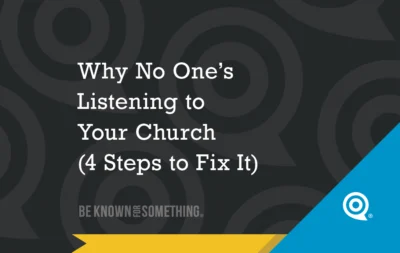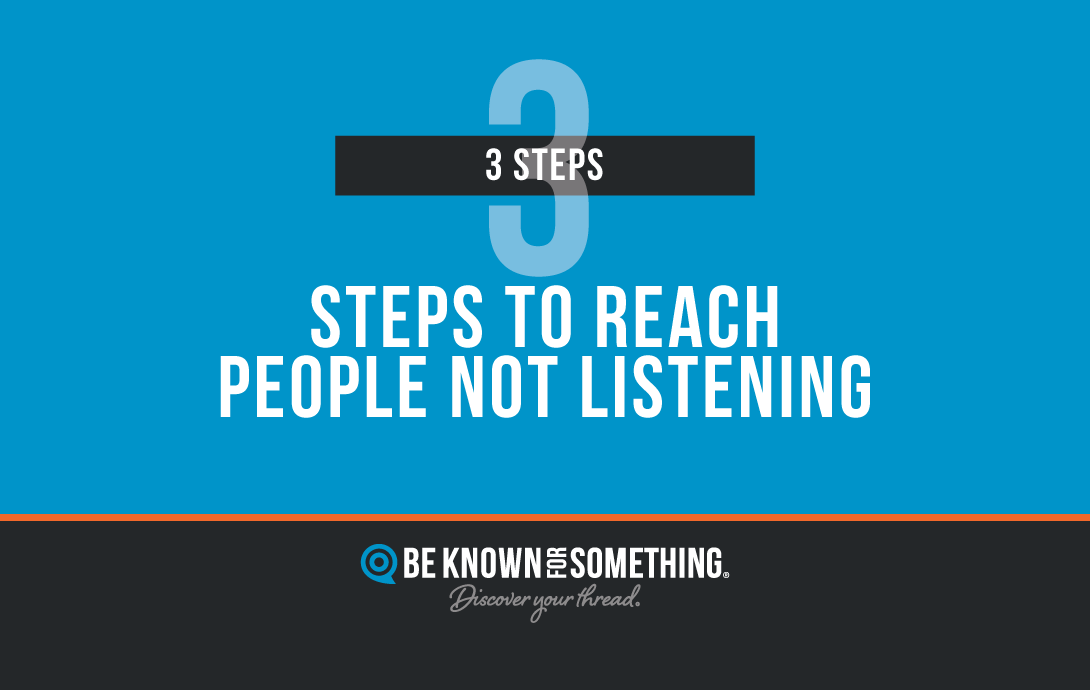
Why No One’s Listening to Your Church (4 Steps to Fix It)
You’re leading. You’re preaching. You’re promoting. But still… it feels like no one’s really listening. That’s not just frustrating; it’s

If you want to reach people not listening, it feels like an overwhelming, impossible task! There are a few reasons people don’t listen:
So, is the church doomed? Sadly, our ministries often violate all three of these reasons. It’s no wonder that our communities stopped listening to us years ago. Let’s fix that!
How can the church reach people not listening? We need to pursue a brief interaction. Just to get them to look up and listen for a short time! If done correctly, it’ll help them understand we are relevant and needed. Here are 3 steps to helping them listen again:

You’re leading. You’re preaching. You’re promoting. But still… it feels like no one’s really listening. That’s not just frustrating; it’s

Julie Andrews sang it well in The Sound of Music: “Let’s start at the very beginning, a very good place

Excuse me, but who are you? Few questions strike deeper than this one: “Who are you?” It can feel affirming
We'll never spam you. Unsubscribe anytime.
